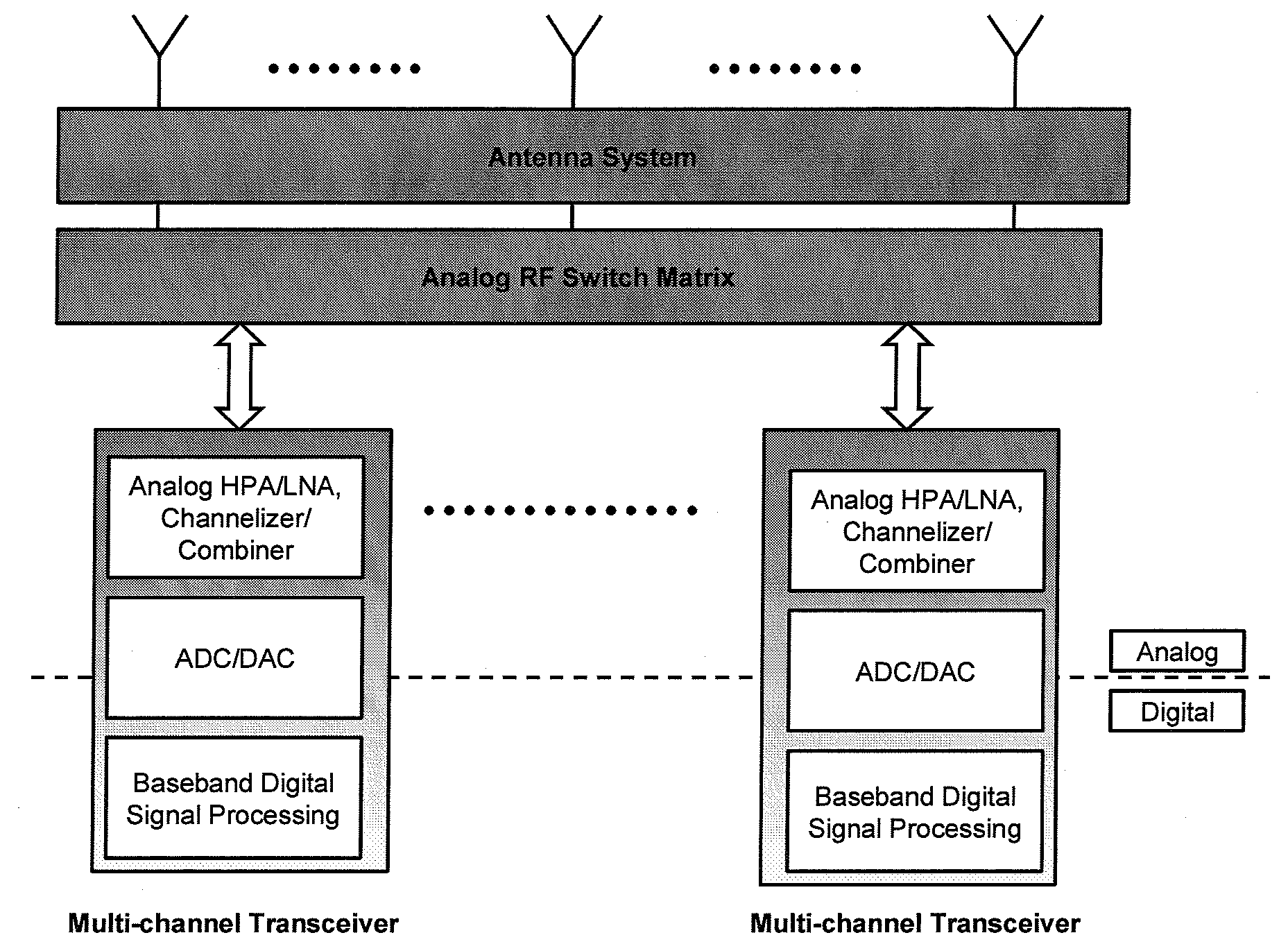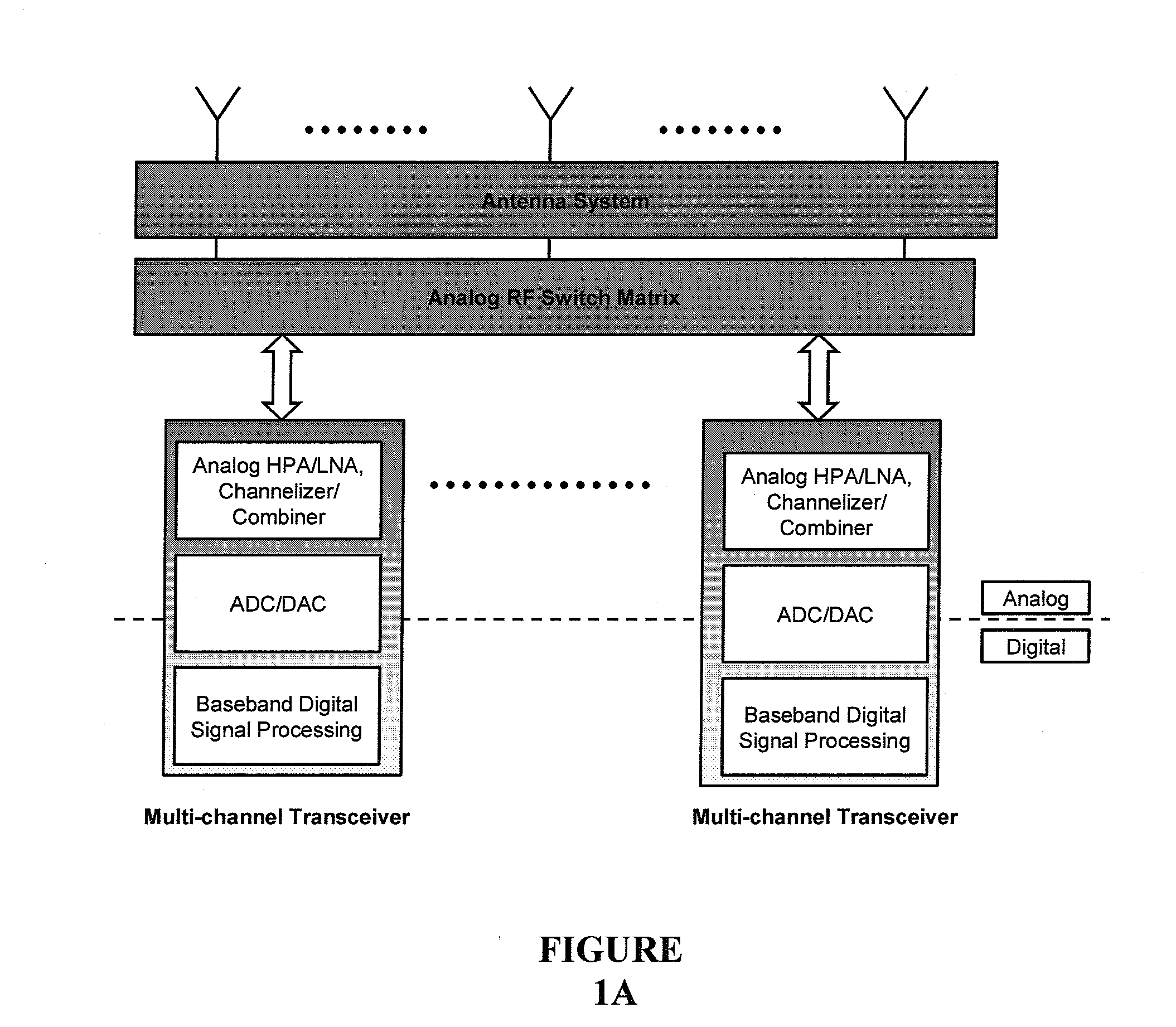Digital Routing Switch Matrix for Digitized Radio-Frequency Signals
a radio frequency signal and switch matrix technology, applied in the field of switching circuits, can solve the problems of severe losses, high cost of prior art switches, limited flexibility and reconfigurability,
- Summary
- Abstract
- Description
- Claims
- Application Information
AI Technical Summary
Benefits of technology
Problems solved by technology
Method used
Image
Examples
Embodiment Construction
I. Basic Switching Cells
[0030]RSFQ logic, first developed by Likharev, Semenov, and Mukhanov, is built around Josephson junctions (JJs), with lossless propagation of single-flux-quantum (SFQ) voltage pulses, each corresponding to an integrated pulse of 2 mV-ps. Two different types of RSFQ switch cells are described, both of which are well known in the literature: the DC switch and the NDRO switch. In either case, the general principle of operation is the same. A JJ is biased such that an SFQ pulse will cause it to temporarily exceed its critical current and then return to its previous state, thus emitting another SFQ pulse. The switching time, which depends on the critical current density (Jc) of the JJ, is about 2 ps for the Jc=4.5 kA / cm2. This ultrafast switching allows a very high rate (40 Gbps and higher) of SFQ digital signals. Whether or not a switch responds to an input SFQ pulse depends on its designed control conditions (DC bias, control current, or other concurrent digital...
PUM
 Login to View More
Login to View More Abstract
Description
Claims
Application Information
 Login to View More
Login to View More - R&D
- Intellectual Property
- Life Sciences
- Materials
- Tech Scout
- Unparalleled Data Quality
- Higher Quality Content
- 60% Fewer Hallucinations
Browse by: Latest US Patents, China's latest patents, Technical Efficacy Thesaurus, Application Domain, Technology Topic, Popular Technical Reports.
© 2025 PatSnap. All rights reserved.Legal|Privacy policy|Modern Slavery Act Transparency Statement|Sitemap|About US| Contact US: help@patsnap.com



